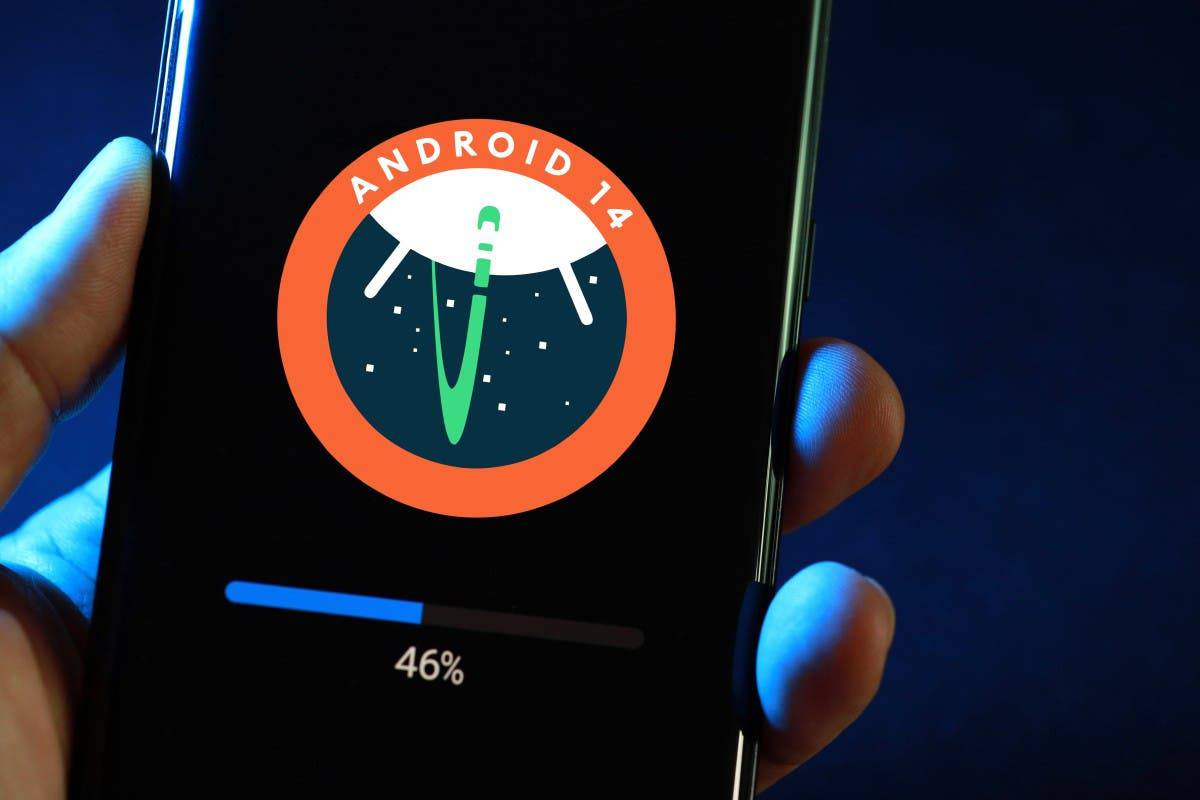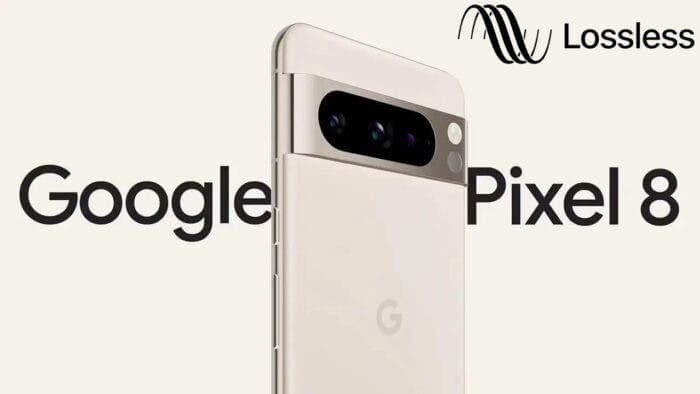Google has first introduced the lossless USB Audio feature with the Android 14 Beta 2. For those unaware, it mainly promises to offer an audiophile-grade experience through compatible USB-wired headphones. And when it’s accessible, you can enjoy uncompressed audio files just like they were originally created. Well, if you got yourself a Google Pixel 8 device, the feature is coming to you soon.
Google has just confirmed that lossless USB audio will be dropping to the recently released Pixel 8 series and phones from other OEMs soon. According to Google’s VP of Engineering, the OS support is ready at this stage. All that the new devices require is support from app developers.
What Support for Lossless Audio on Google Pixel 8 Series Means
The thing is, lossless audio has been around for a good while. But it’s yet to see a mainstream implementation. And there are some good reasons why the feature wasn’t quite mainstream. First of all, lossless audio often comes with a premium price tag. Take the Tidal and Apple Music subscription costs, for example.

Second, it’s not easy to obtain audio files in a lossless format. In general, uncompressed audio files have a file size of about 10.6 megabytes per minute. To store lossless audio files locally, you need to have a large internal space. But now that the Google Pixel 8 series will get official support, things will be easier for audiophiles.
They no longer need to get music service subscriptions to get the most out of the music tracks. And Google Pixel 8 devices already come with up to 1TB of storage. So, storage requirements won’t be an issue for the audiophiles either.

What’s more important is that lossless audio will also be available on future devices with Android 14. So, it’s not just the Google Pixel 8 devices that will get the feature. But Google’s VP of Engineering has said the implementation will require support from the device makers. Hopefully, we’ll see some mid-range devices debuting with the feature.





